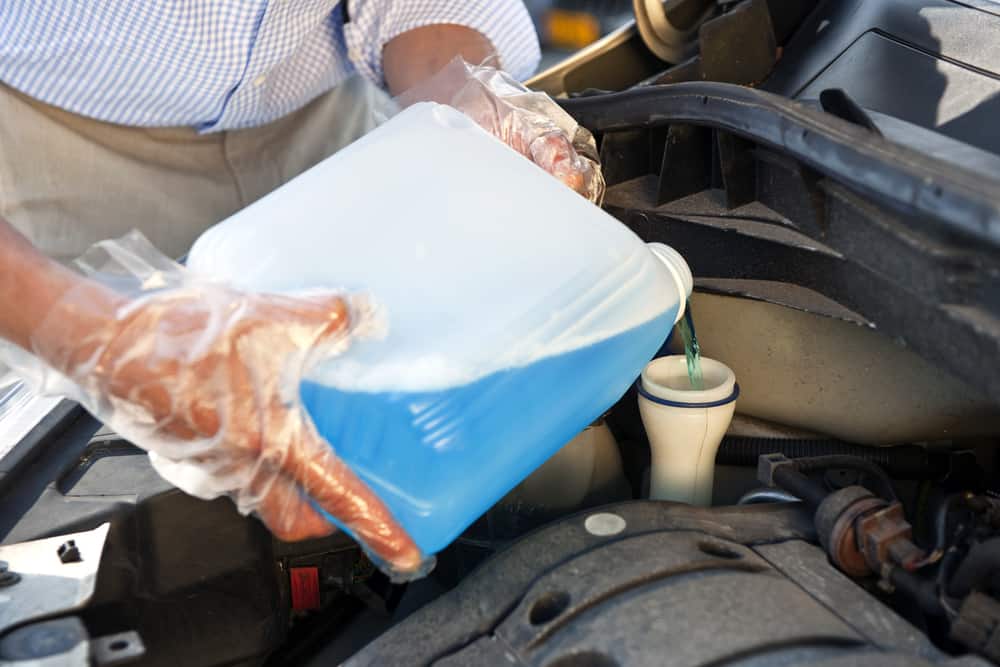
Shock absorbers form an essential part of your car’s suspension system. They are mechanical devices that are used to smooth out bumps and impacts from the road surface that could affect you and your passengers. They work by converting the kinetic energy generated from the movement of the wheels into easily dissipated thermal energy.
Continue reading








.png)